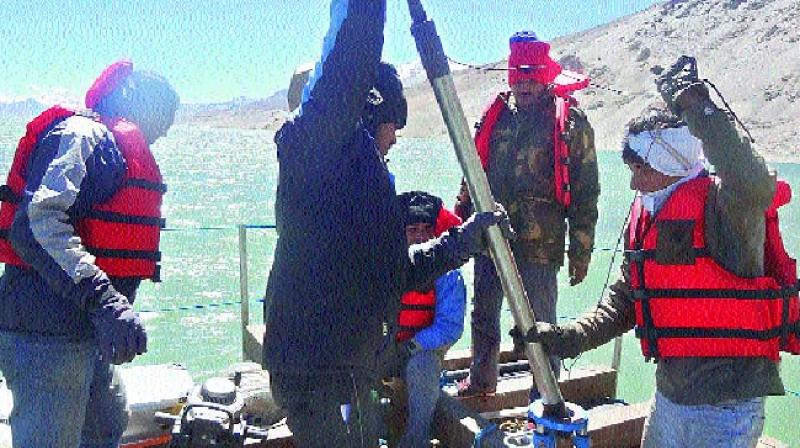Weather woes: To curb climate change, increase green cover

What caused the collapse of the Indus Valley Civilisation, one of the first, most peaceful and richest urban civilisations of the world? Most likely, a prolonged drought-like phase caused by climate change and not foreign invasion or natural disaster, says a recent study.
Climate change poses no small threat. Doomsday prophets may not be exaggerating when they speak of its destructive effects. And we don’t have to look far for an example of a civilisation wiped out by climate change.
Researchers have found evidence of climate change having gradually turned 1.5 million sq. km of lush green plains into an arid desert, leading to the disintegration of the Indus Valley Civilisation.
Over 5,000 years ago, the Indus Valley was home to over five million people, one of the most successful civilisations of its time. But an El Nino event that occurred about 4,350 years ago led to its demise.
The event triggered drought-like conditions that engulfed the region for a period of 900 years. A decrease in snowfall over the northwest Himalaya, the source of the Indus River and its tributaries, caused mass-migration as people were no longer able to practice agriculture, animal husbandry and a host of other vocations. Eventually, there was no civilisation left to speak of.
Such events are not strictly behind us, they may be in our future too, and scientists warn of their consequences. “We should be prepared to experience such extreme dry or wet phases in the years to come; climate is dynamic,” says Prof. Anil K. Gupta, the director of the Wadia Institute of Himalaya Geology, Dehradun.
He points out that drought does not only mean an absence of rainfall; drought conditions can occur when there is a reduction in rainfall or river water supply, and they can lead to aridification. Such climate changes could be cyclical over a period of millennia.
“The people who lived in the Indus Valley Civilisation may have tried to adapt to the drought conditions, but the arid phase continued for over 900 years,” he says.
Prof. Gupta and his team studied the Tso Moriri Lake in Ladhak for two years. They chose the lake because of its sensitivity to changes in the monsoon as a result of its location on the northern fringe of the inter-tropical convergence zone, which defines the path of the southwest monsoon and the monsoon trough.
Their team, along with one from IIT Kharagpur, chose the Institute of Estuarine and Coastal Research, Shanghai, to conduct extensive studies on climate-induced changes in the Tso Moriri Lake. “We were looking for an expert to help us produce energy models, and so we teamed up with Dr Bern Wuennemann, a German scientist who is on a sabbatical in China,” says Prof. Gupta.
The researchers carried out geochemical analysis of sediments collected from the Tso Moriri. “Geochemical proxies in the sediments helped us unravel climate signals and identify the occurrence of dry and wet phases in the region. These phases were directly related to the strength of the southwest monsoon. We also used carbon dating and other methods to date the sediments to obtain an accurate chronology of climatic events such as droughts and floods,” adds Prof. Gupta, who is now with the Department of Geology and Geophysics of IIT Kharagpur.
A paper on this study has been accepted for publication by Elsevier’s journal, Quaternary International. Prof. Gupta believes that the only way to mitigate the effects of climate change is to stop encroaching on lakes and rivers, and increase green cover.

